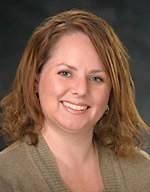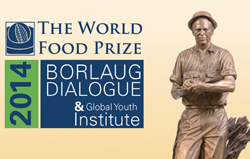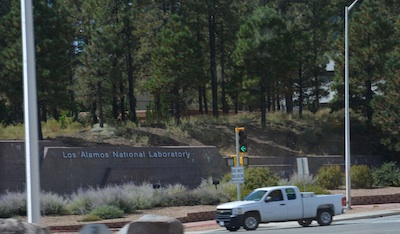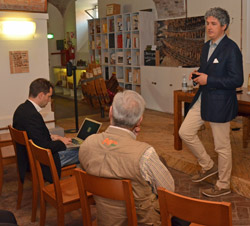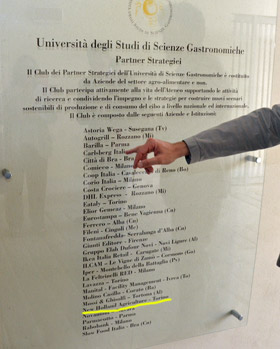 This week Aunt Jeanette writes:
This week Aunt Jeanette writes:
When our three sons were just little boys, they had a cassette tape called “Silly Songs.” (Sorry guys. That might date you just a bit!) One of the songs was titled “There’s a Hole In The Bottom of the Sea.” It truly is a silly song and it seemed to go on forever and ever. It was one of those songs that got stuck in my head. Even now, almost thirty years later, it is still in my head! (Editor’s note: Again, it’s funny how similar Aunt Jeanette and I are. My son who is 5 1/2 has that CD in his player right now with that song on it!)
When I was out walking this gorgeous, autumn afternoon, I couldn’t help but think of that song when I saw this hole in the middle of the road. I was walking by myself because Dan is picking corn, so you can probably guess what I sang during the rest of my walk. I even made up a few of my own lyrics and giggled to myself several times. Oh, I love walking on country roads when nobody is around!
My singing was interrupted several times with thoughts about the changing seasons. Now I see black beetles scurrying across the road, millipedes trying to stay warm, milkweed fluff in roadside ditches, woolly bear caterpillars predicting a mild winter, a little gray field mouse startled by my footsteps, a garter snake (lethargic from the cooler weather) that didn’t escape someone’s tire, trees and bushes changing their green attire for yellow, orange, or red, chirping crickets replacing songbird greetings, brown cornstalks with their bursting ears of corn bowing down in anticipation of being harvested, and cotton ball clouds drifting slowly across a crisp blue sky. And, yes, I saw this hole in the middle of the road. I happened to catch a glimpse of the tenant, a little ground squirrel, just before he took cover.
Now, since I am a rather reserved, conservative person (unless I am around children), those of you that know me are probably having a hard time picturing me bursting into song when I saw a hole in the middle of the road, but I thought it was a perfectly good reason to sing! And if you don’t know me, you may just have had your chuckle for the day!
Until we walk again …



